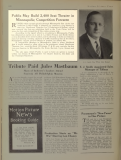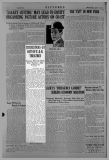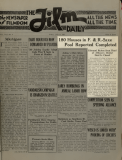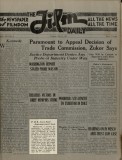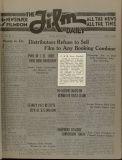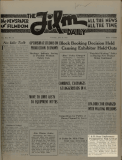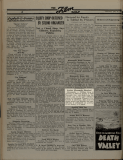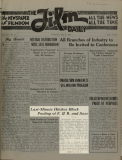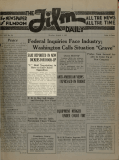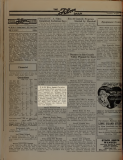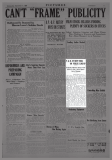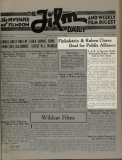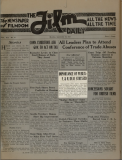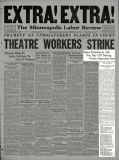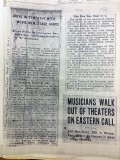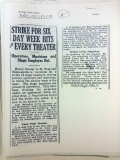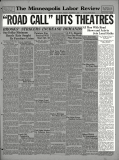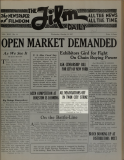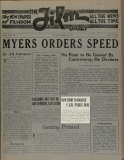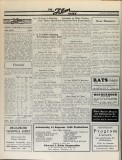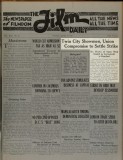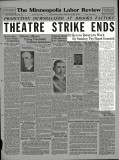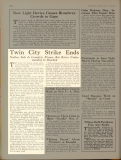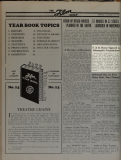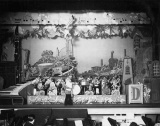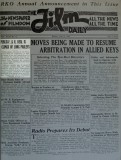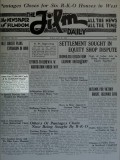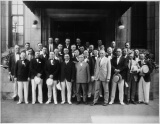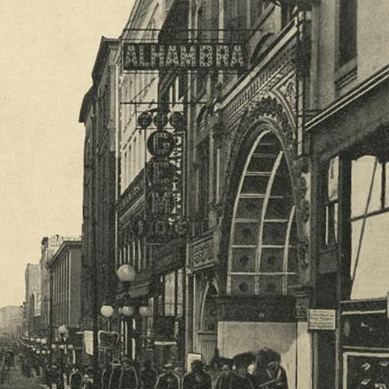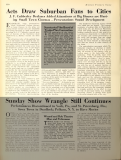
Finkelstein & Ruben
Twin Cities historian Dave Kenney on Finkelstein & Ruben, as quoted in Kate Roberts, Minnesota 150: The People, Places, and Things that Shape Our State (Saint Paul, MN: Minnesota Historical Society Press, 2007):
When Minnesotans went to the movies during the 1910s and 1920s, chances are they did so at a theater owned by Moses Finkelstein and Isaac Ruben. Finkelstein was a Lithuanian immigrant who arrived in St. Paul during the 1880s and quickly established himself as one of the city’s most successful jewelers. Ruben, a native of upstate New York, was the owner of a small movie theater in Des Moines, Iowa. Aware that Finkelstein owned a prime piece of property in downtown St. Paul, Ruben proposed that they team up and build a motion picture house on the site. Finkelstein was hesitant at first, but he eventually agreed.
In the summer of 1910, the two men opened the Princess, the finest movie theater in Minnesota. In the years that followed, Finkelstein and Ruben steadily expanded their holdings, assembling one of the largest regional theater chains in the United States. By the end of the 1920s, the two partners owned 120 theaters in 27 upper Midwest cities. The Finkelstein and Ruben circuit included three of the most magnificent picture palaces of the silent-movie era: the Capitol (later the Paramount) in St. Paul; and the State and the Minnesota (later Radio City) in Minneapolis.
Finkelstein and Ruben introduces countless Minnesotans to a new form of the nation’s collective consciousness. And because they ranked among the most powerful regional exhibitors in the country, they were able to make sure that Minnesotans—unlike the residents of other heartland states—saw all the same movies that audiences in New York, Chicago, and Los Angeles saw.
